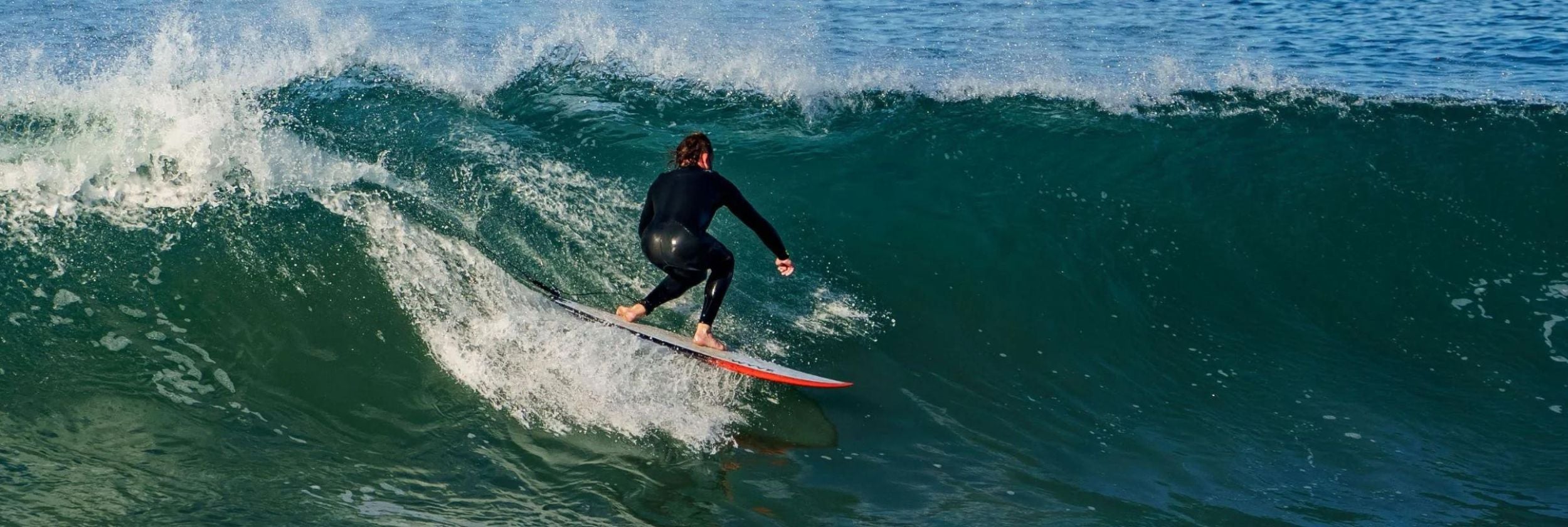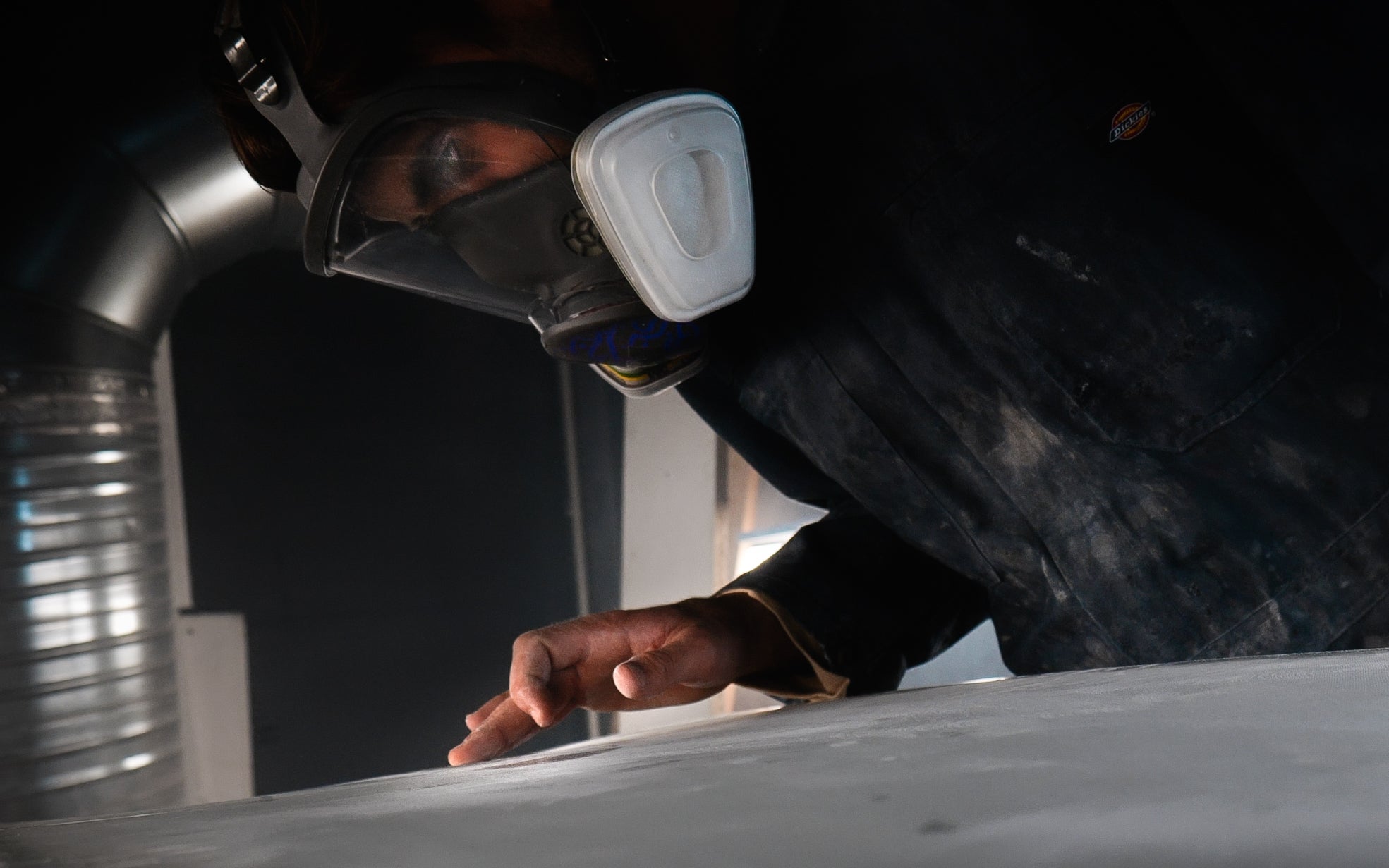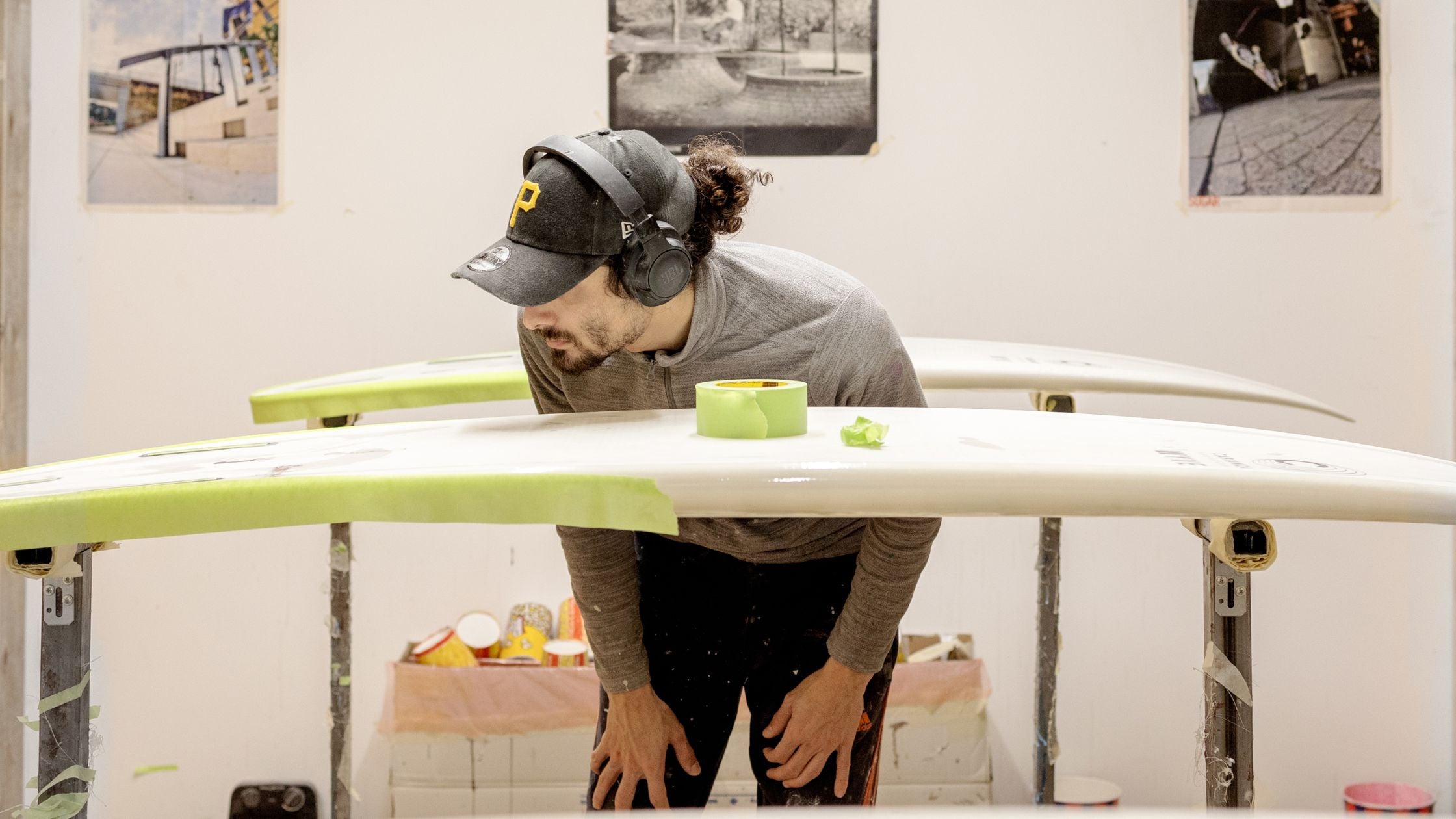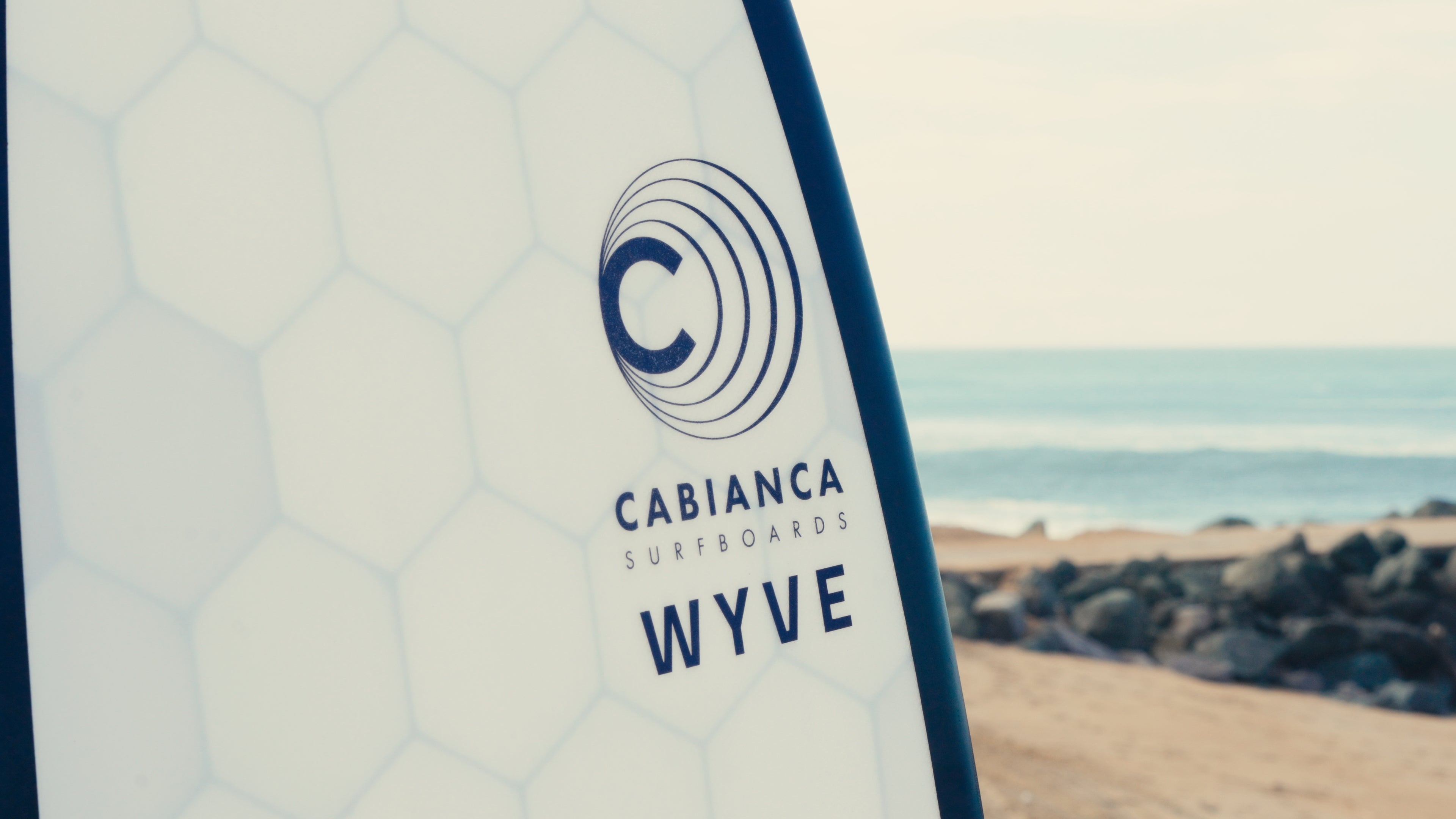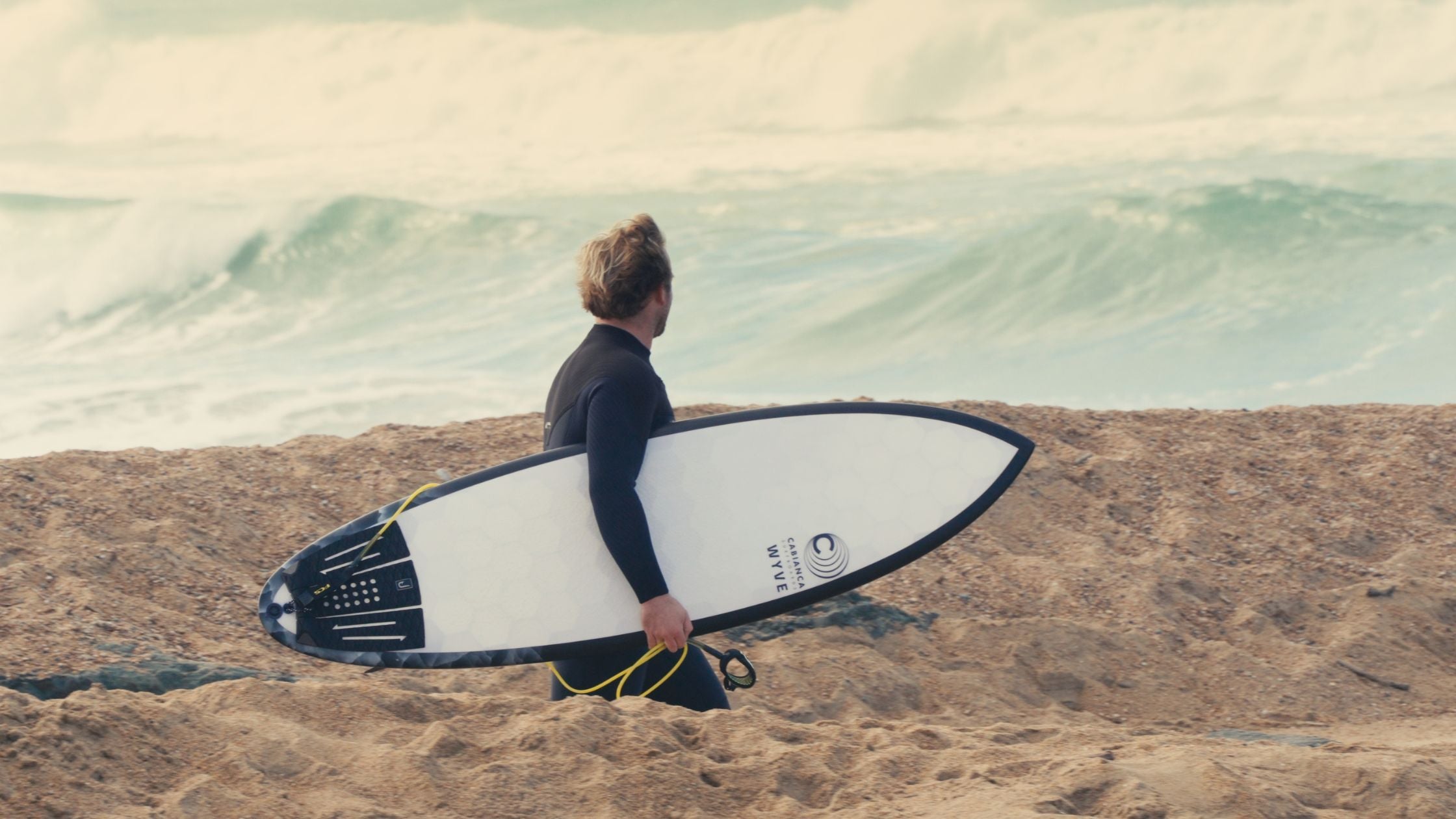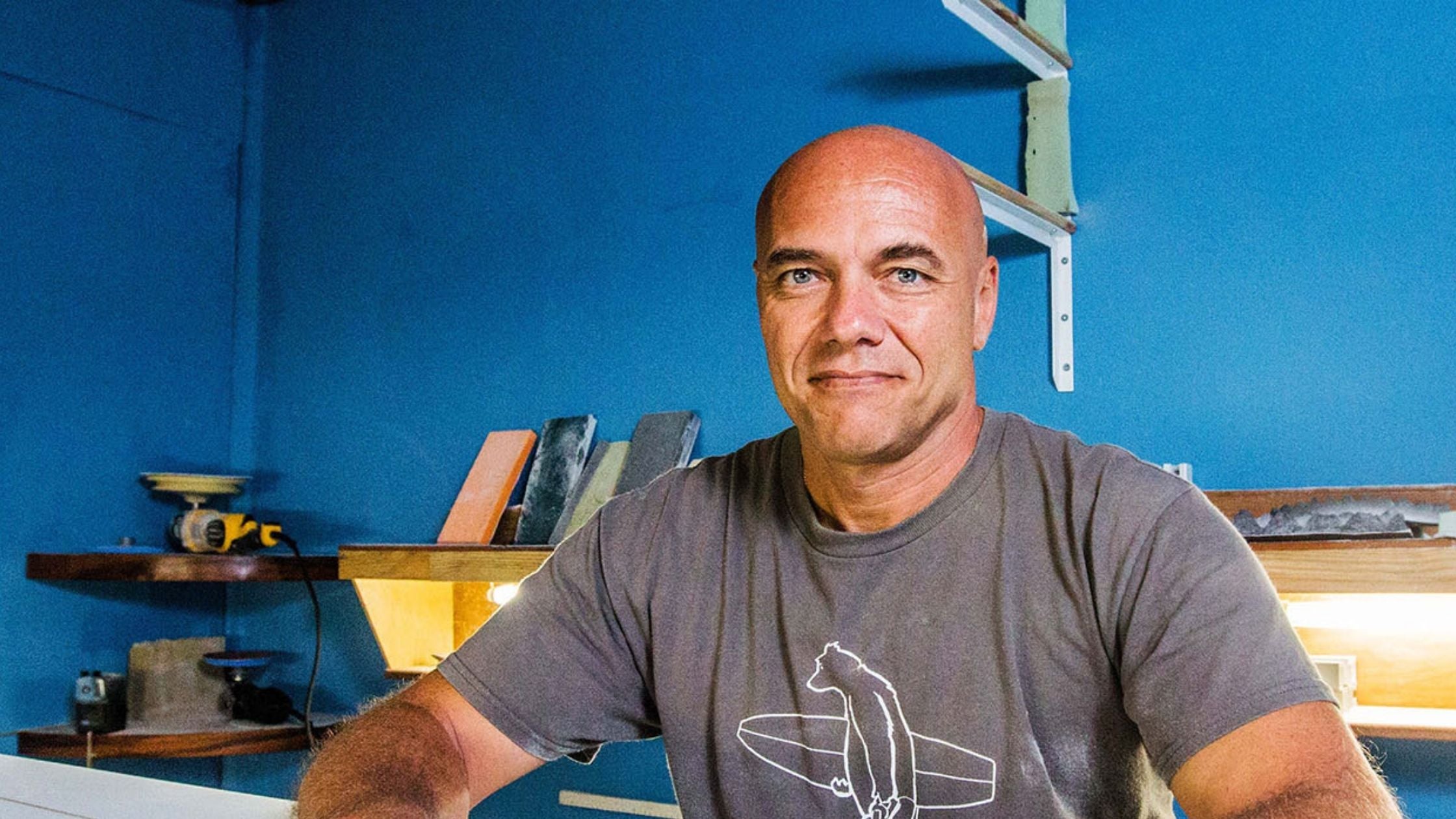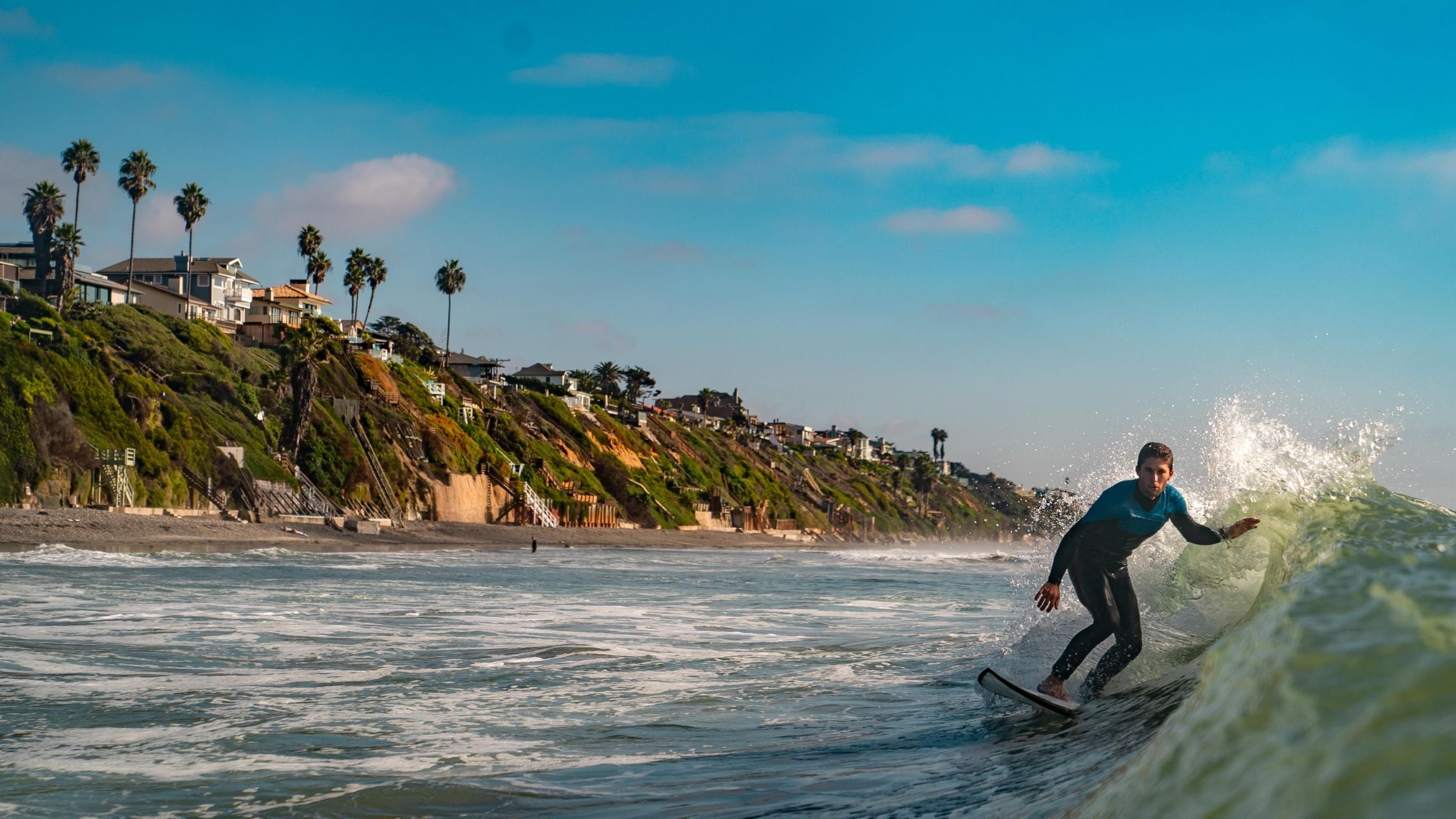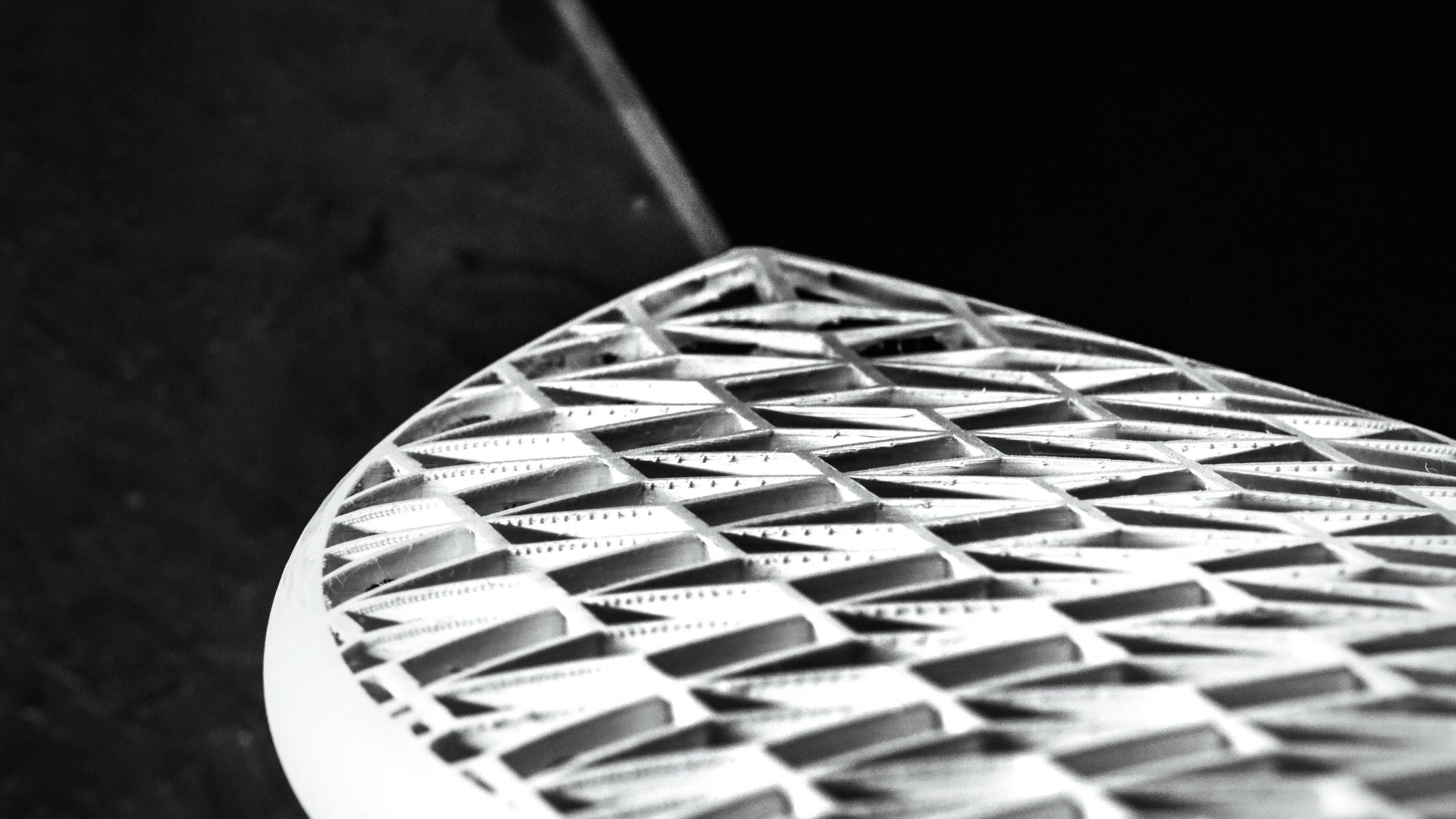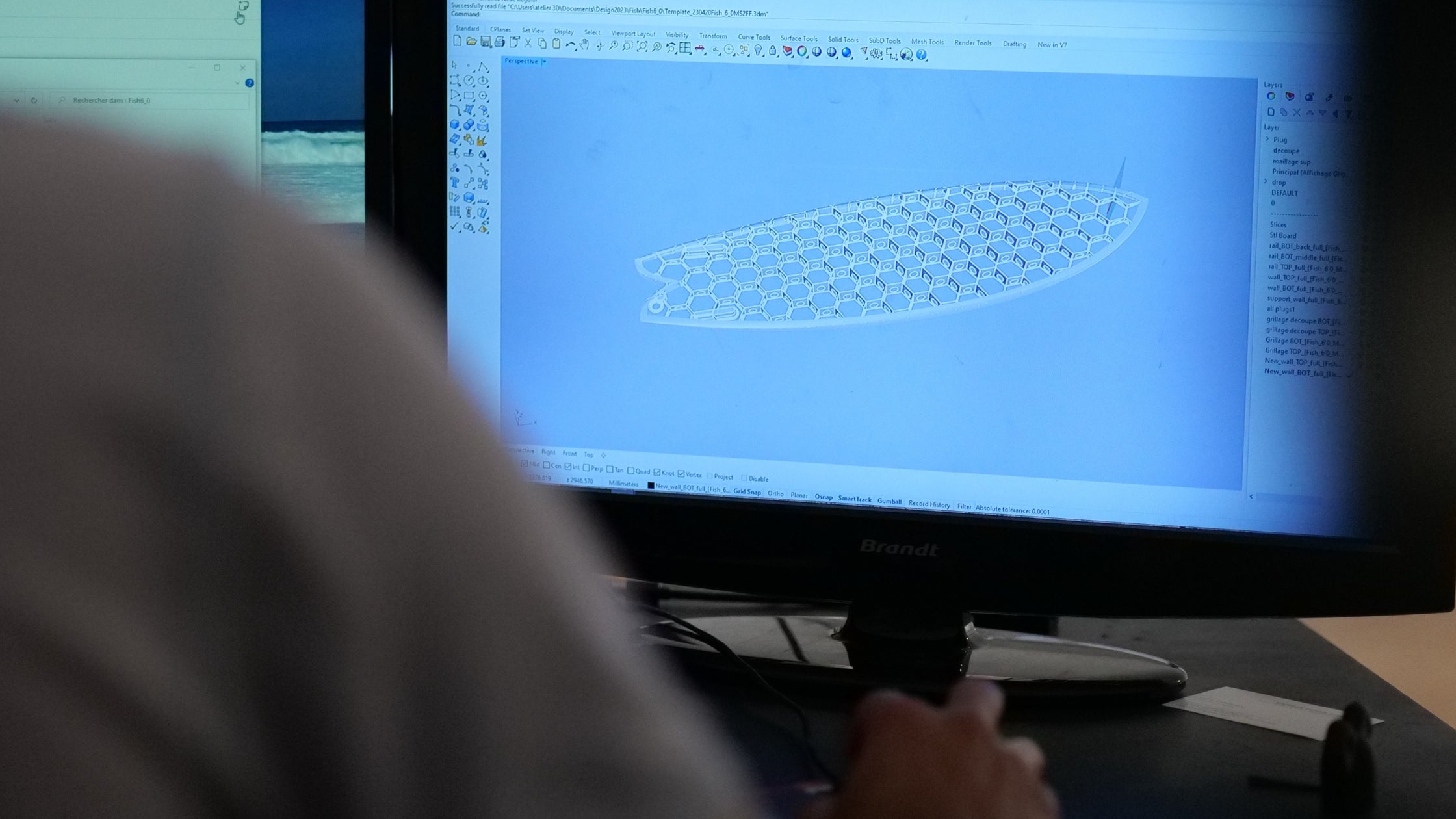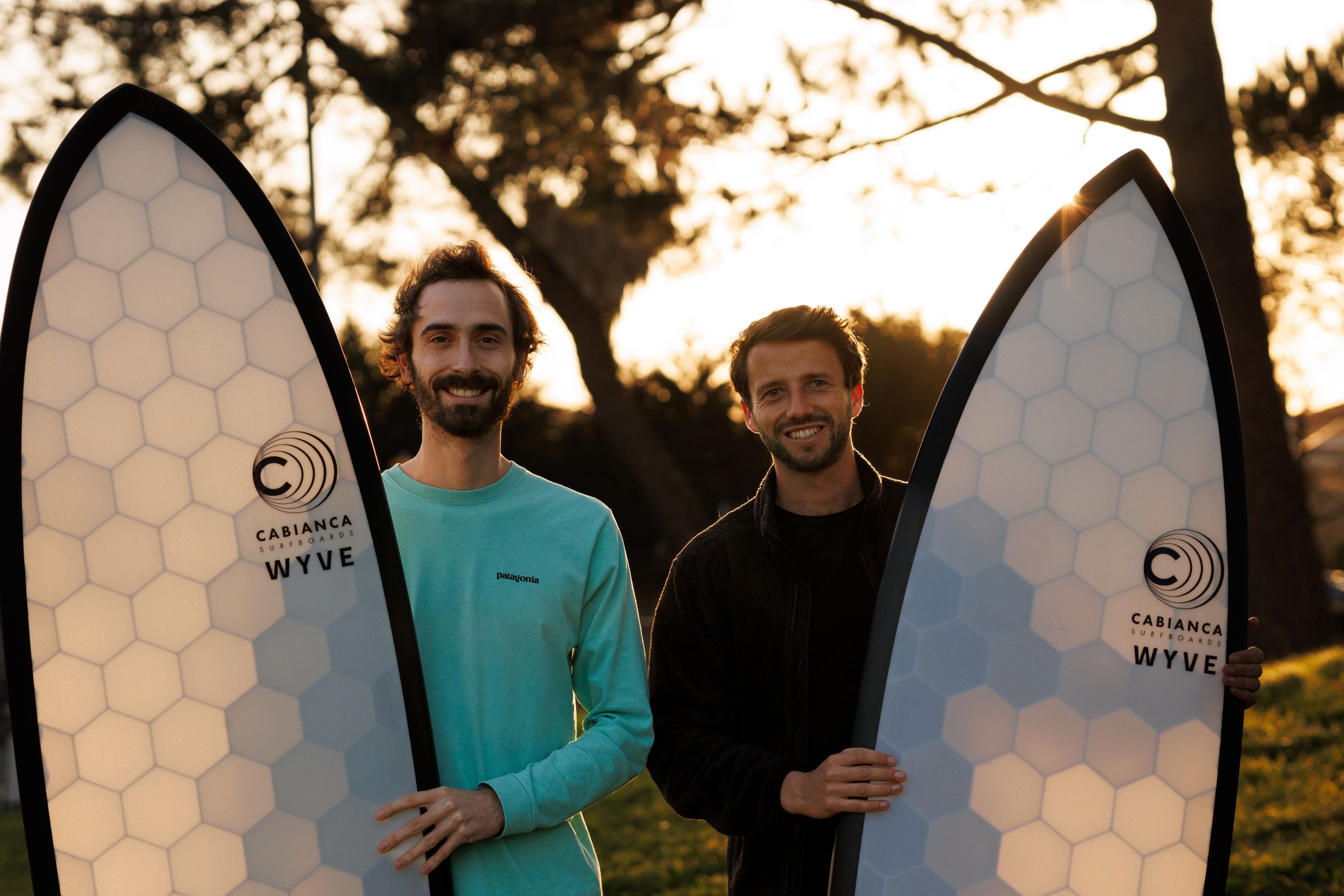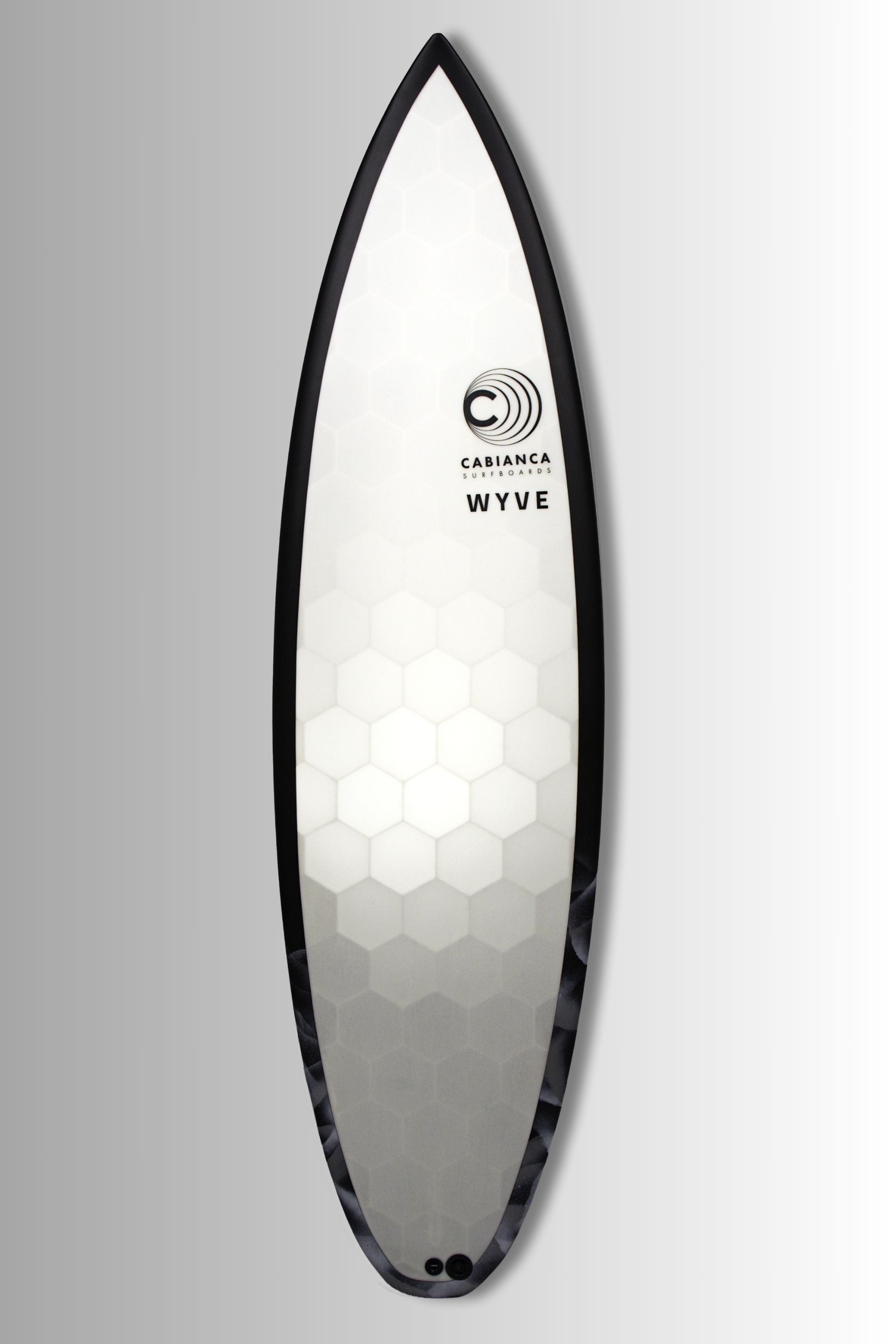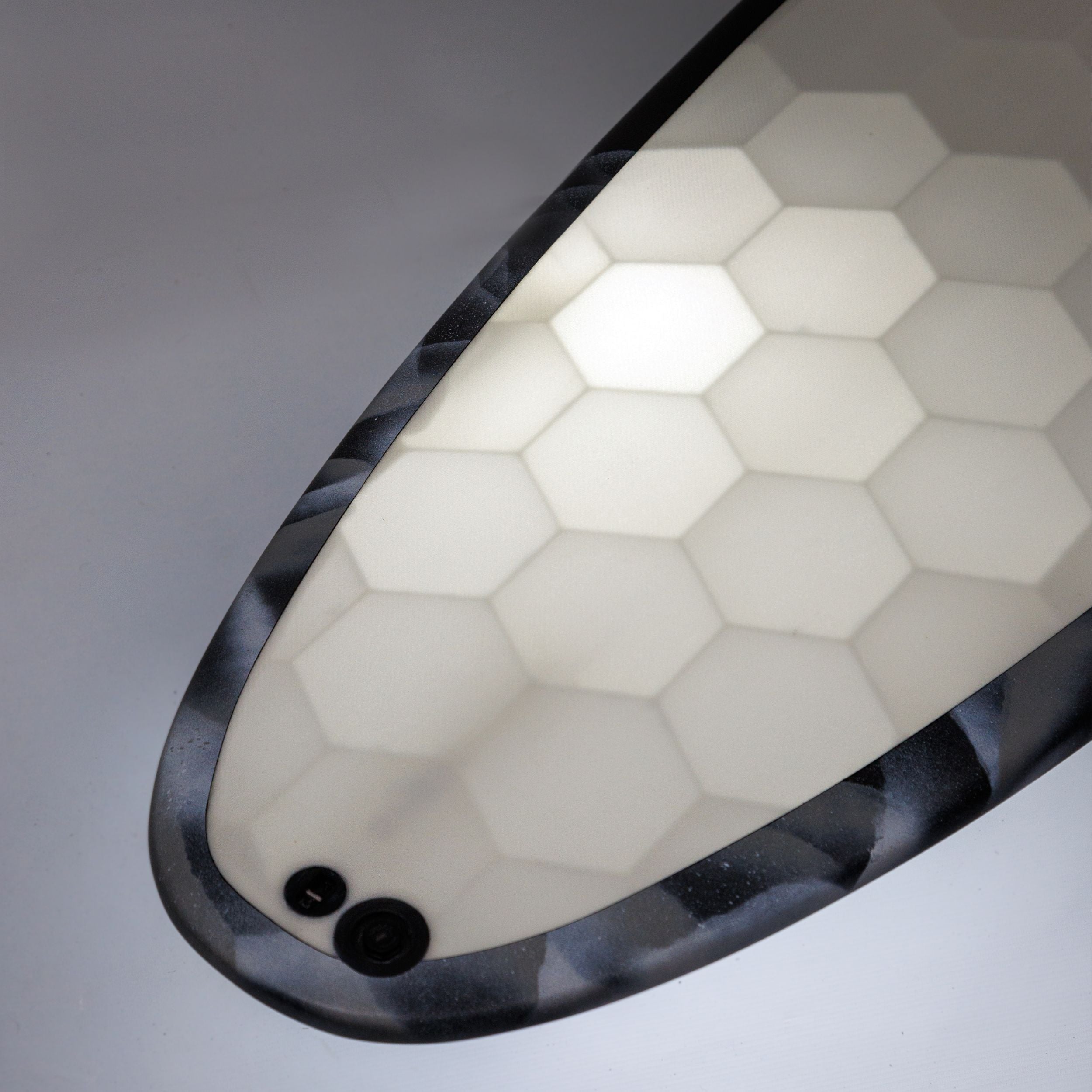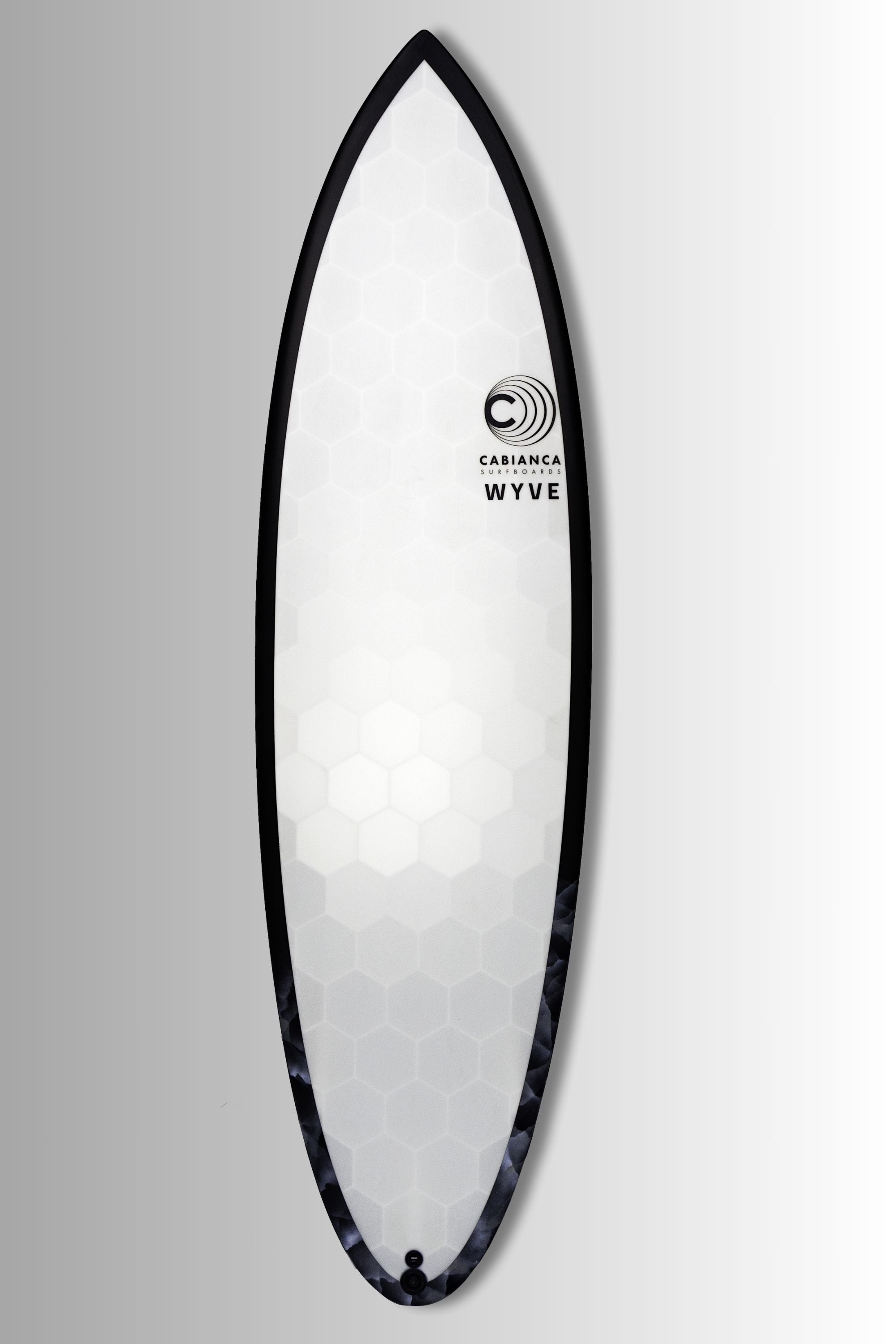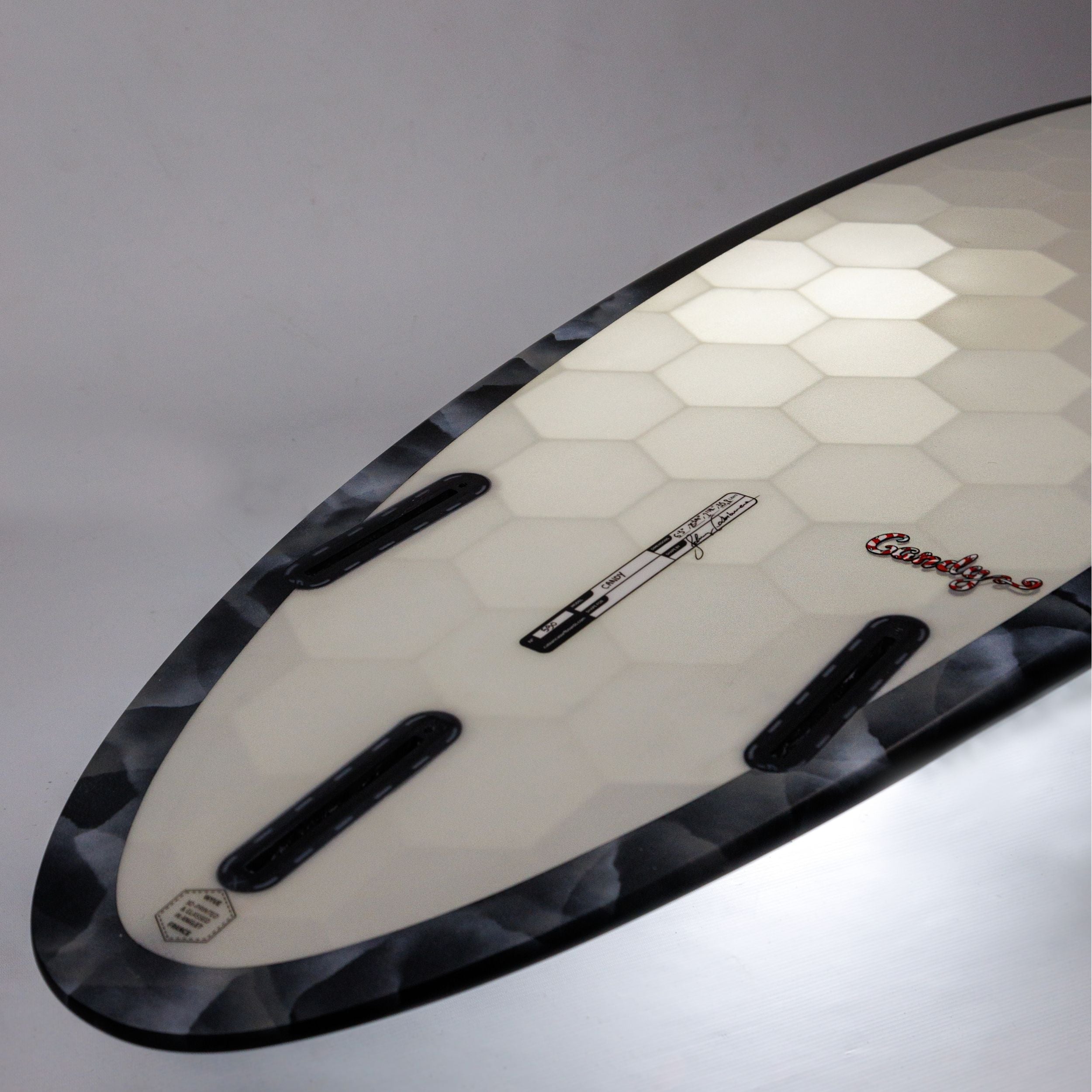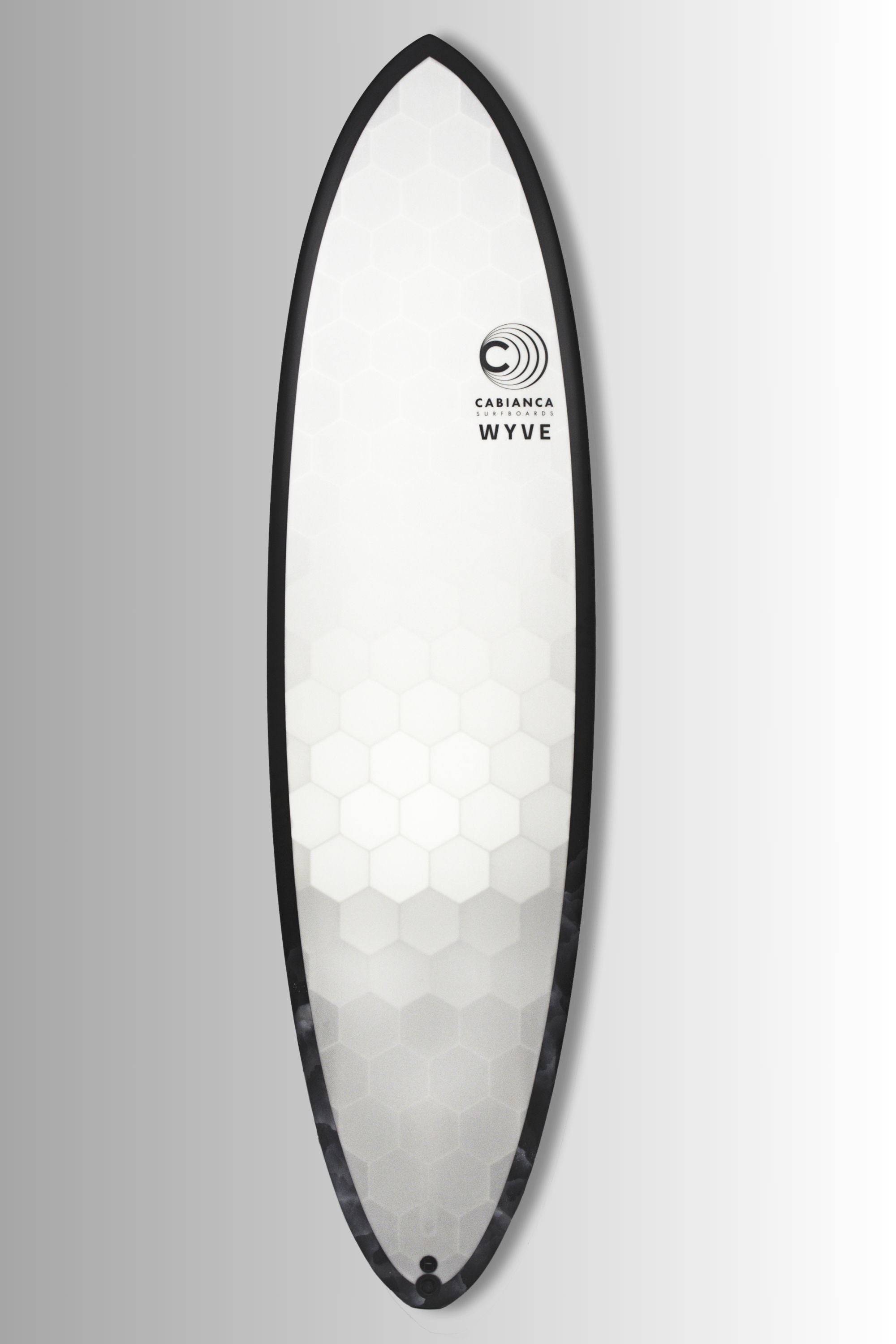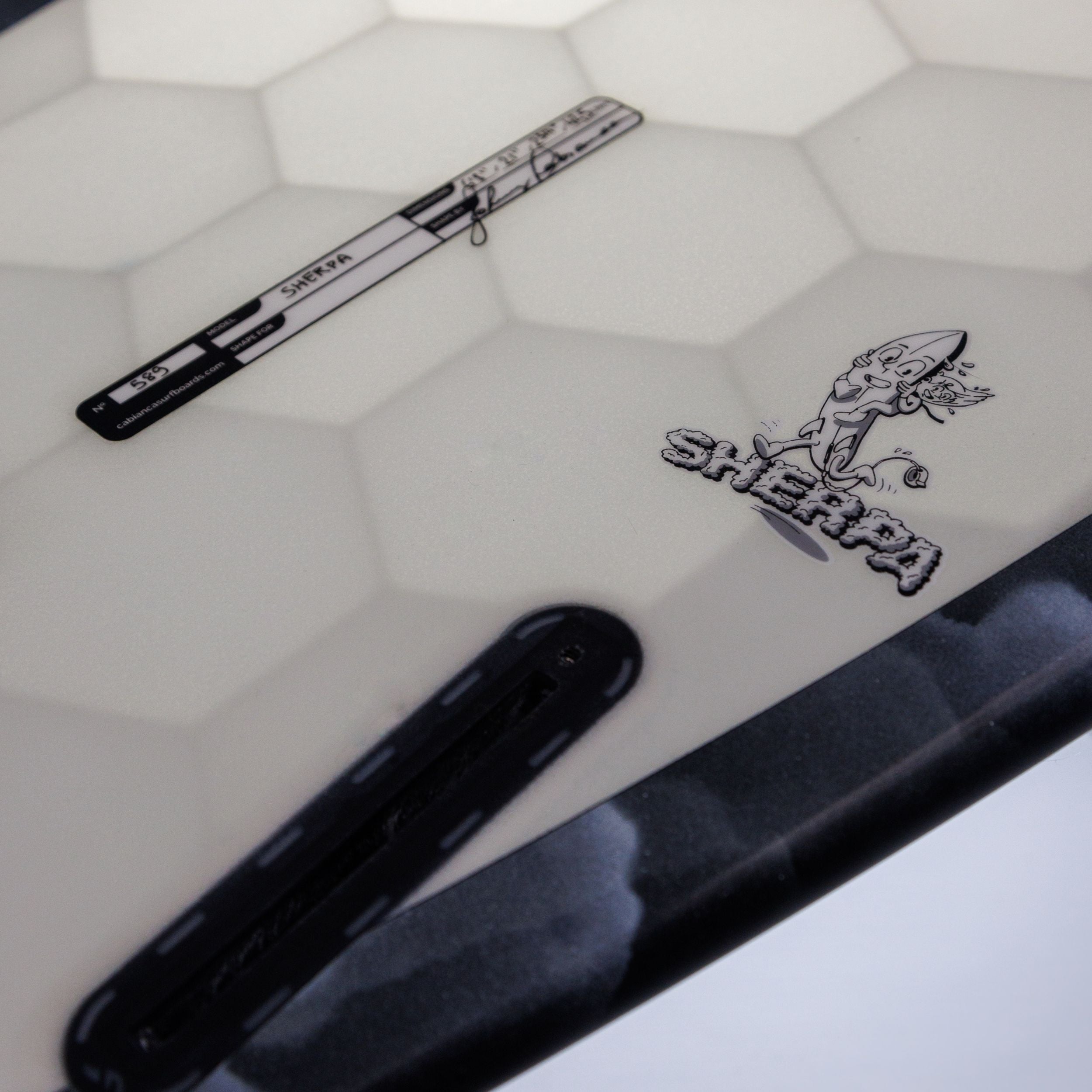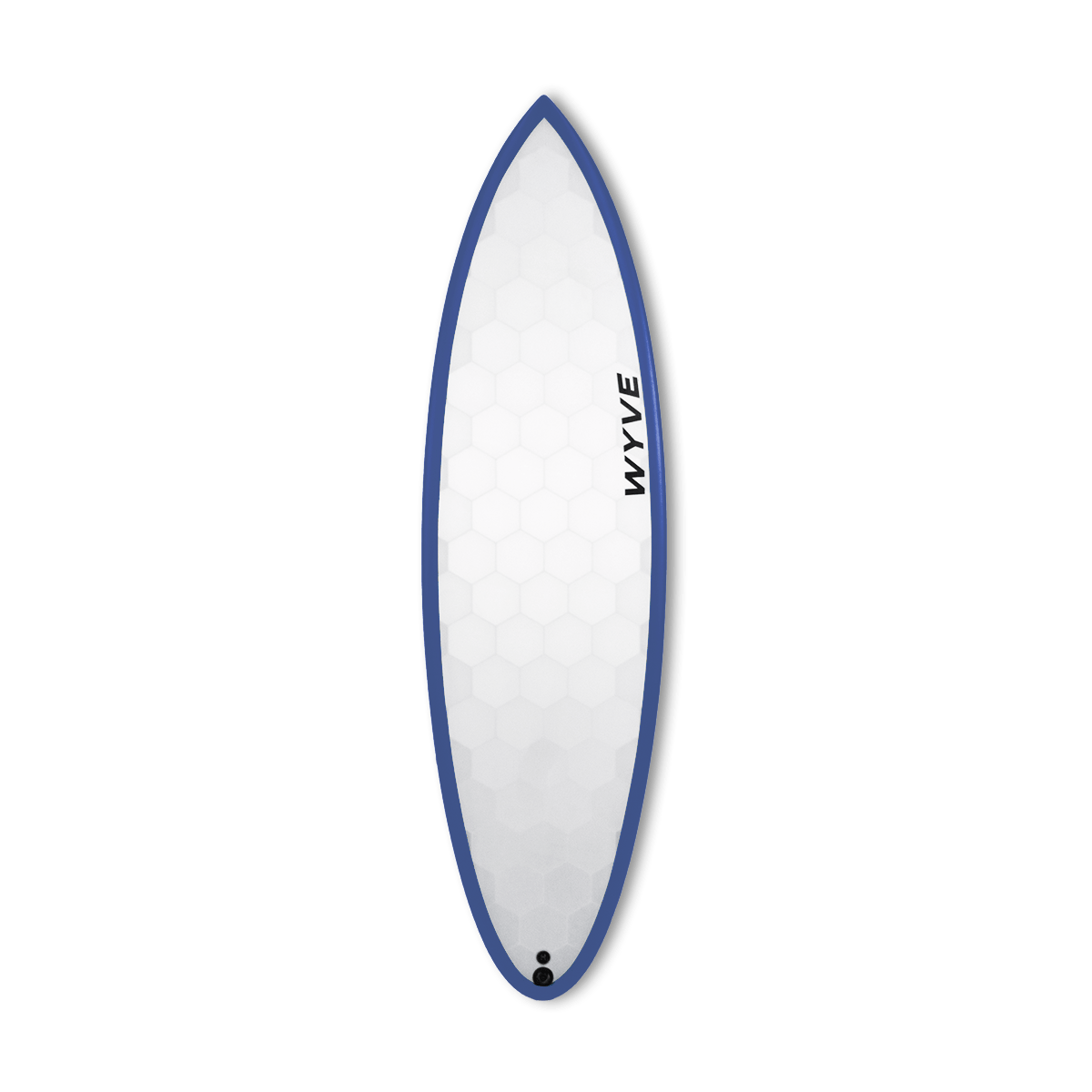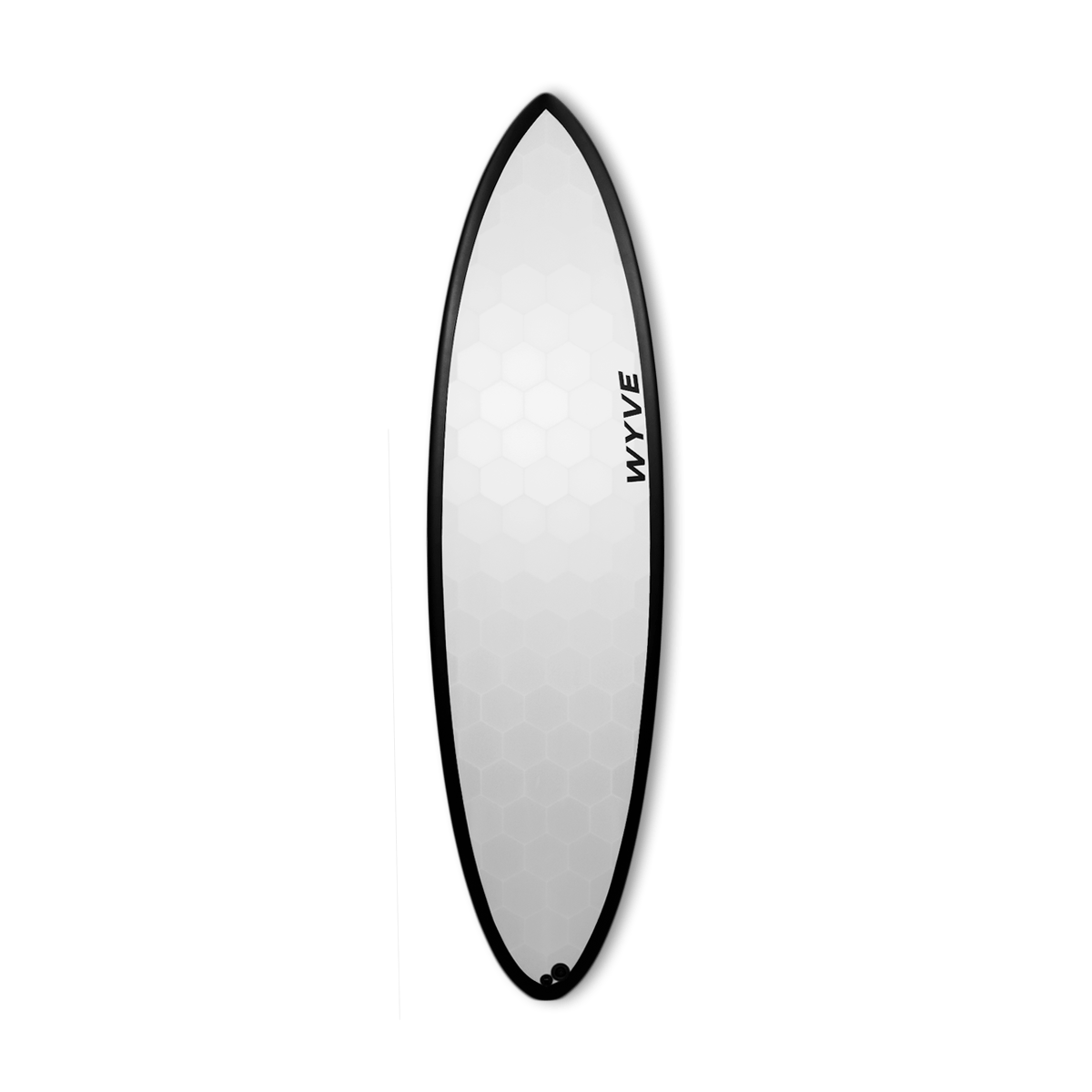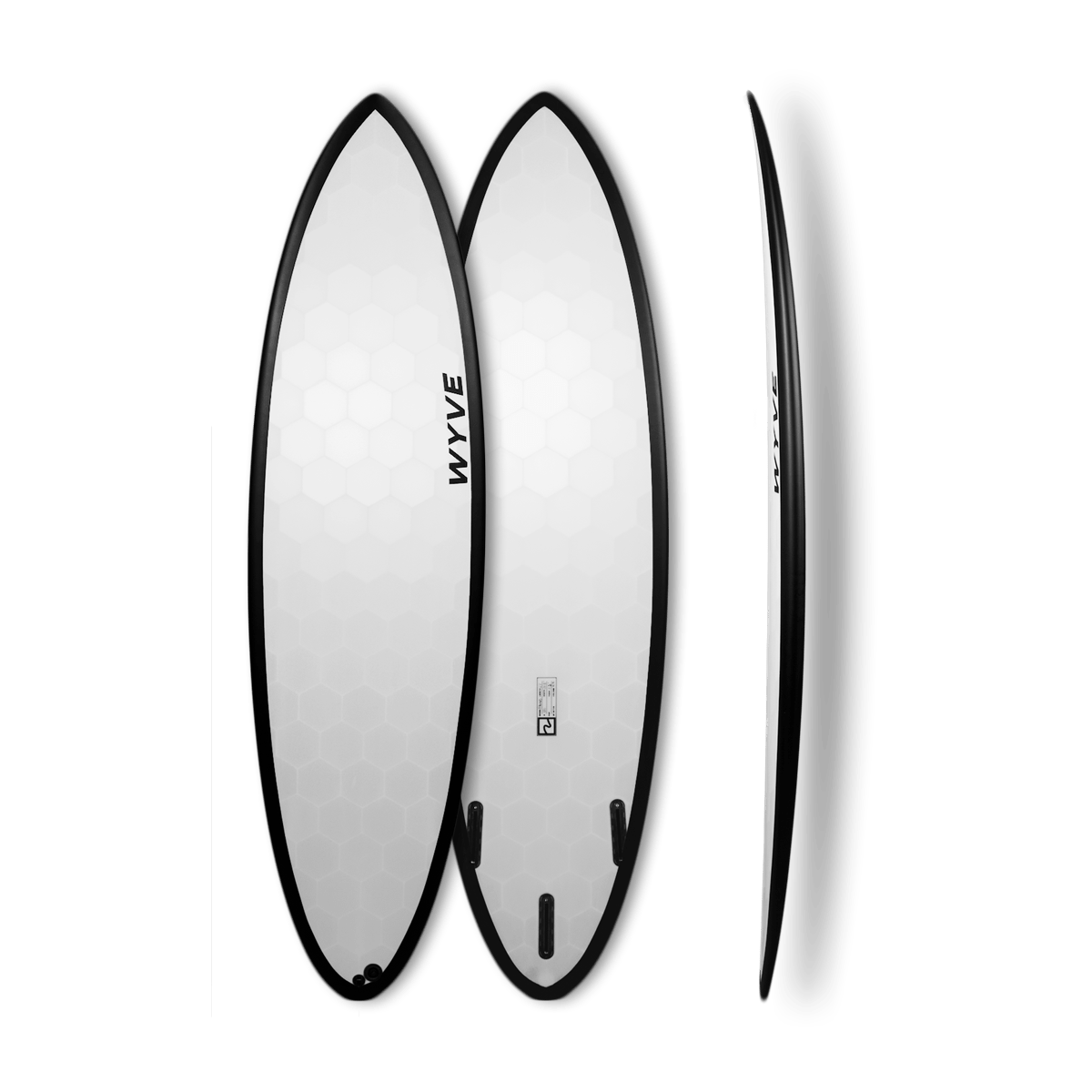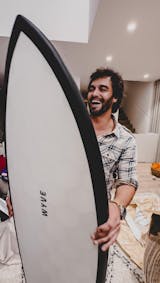A surfboard's bottom contours constitute the primary contact points for harnessing wave energy and dictating ride dynamics. By strategically sculpting various concaves, convex shapes, channels and flat zones, shapers meticulously craft a board's hydrodynamic profile to achieve the desired balance of speed, control, and maneuverability.
But what exactly occurs when these expertly arranged bottom shapes interact with turbulent fluid flows? How do lift, drag and purposeful release emerge from vees, double concaves and bellies?
Let's analyze the validated physics and hydrodynamics to reveal the method beneath mystifying “magic” bottoms.
The Fundamentals: Defining Surfboard Bottom Contours
Before examining how each contour design functions, let's review some basic definitions:
- Concaves: Hollowed or rising bottom sections exceeding the deck line. Concaves force water upward to generate lift.
- Convex Shapes: Inverted channels trailing below the deck line in sharp ventral grooves. Convex shapes facilitate pivoting.
- Channels: Concave-like trenches with parallel walls to accelerate water flows.
- Flat Zones: Regions without contours that minimize turbulence.
By thoughtfully blending these elements, shapers optimize speed, traction, and stability. Now let's explore the validated science underpinning these hydrodynamic wonders.
Concaves - Forging Control Through Upward Lift
Concaves constitute any hollowed or rising bottom sections morphing above the board's deck line. As water flows across such upwardly curving zones, it alters path to follow the contoured surface. This force's redirection creates an upward hydrodynamic lift component proportional to the degree of concavity.
Sports science researcher & Wyve Founder Léo Bouffier explains this Bernoulli Effect: "The inward curve focuses fluid momentum for low-pressure zones. The pressure differential then lifts the board for added force and traction against the wave."
Concaves also augment wetted surface area for additional propulsive leverage. Enhanced control results from settling boards deeper into the wave’s pocket.
Tailoring concave designs constitutes an exacting science - width, depth, number and blending finely tune performance.
Let's examine some common varieties:
- Single Concaves: Straight channels boosting stability for down-the-line speed
- Double Concaves: Dual trenches adding looser turns via separated flows
- S-Concaves: Sinusoidal cavities maximizing control and traction
And while concaves achieve admirable control, what about achieving raw velocity? Read on!
Channels - Unbridled Thrust Vectors
Channels also carve cavities into a board's underside, however with parallel rather than sloped walls. This focused trench shape harnesses water into a fast, consolidated stream.
"Angling a channel’s entry concentrates the passing energy flow for turbulence-countering acceleration. Wider tail channels allow more drive for tighter turn exits."
Essentially, directed water jets propel boards forward with traction even in turbulent froths. Strategically positioned channels also counter sinking during radical maneuvers.
Vees - Balancing Agility and Speed
Vees trail boards' bellies descending below the deck line. These fully inverted channels allow "falling" through turns rather than angling rails. Tail vees specifically facilitate quicker direction changes and transitions by enabling a pivoting fulcrum.
"It's a 'flipping' versus 'steering' sensation." notes shaper Sylvain Fleury. "Vees pivot boards tighter by separating water flow off the fins instead of redirection. Great for small waves when you need agility plus glide."
The vee's central ridge dip also effectively splits the swirling vortex, reducing drag for maintaining speed out of radical turns.
Bellies & Bulges - Platforms of Stability
While other contours carve radical lines, bellies establish zones of poise and balance. These convex mounds act as stabilized terrain for transitioning without catching edges.
But don't bellies limit maneuverability? "Quite the contrary," asserts shaper Britt Merrick. "Extended belly zones prevent pearling when cross-stepping or hanging ten. We shape belly platforms between gnarly channels so riders can traction transfer with confidence."
When strategically integrated, bellies constitute shelters amid the surrounding hydrodynamic storm, providing reliable pivot sanctuary.
Rail Adaptation - The Overlooked Edge
Though often discounted, concaves and channels significantly impact rail depth performance by altering the presented edge angles. As bottom planes bank through turns, downturned rails "grab" sooner when weighted.
By capturing rather than shedding flow, adapted rail edges drive deeper while providing more leverage for accelerative pumping. It's an overlooked but crucial nuance sedimenting control.
Optimization - Balancing the Elements
Through decades of hydrodynamic refinement, shapers learned no single bottom type optimizes all scenarios. Instead performance surfing relies on the harmonious balance of stability, drive and pivot forces blended across the board's length.
Let's examine how shaper at Wyve artfully combines concaves, channels and bellies to match waveriding goals:
- Concaves Up Front - Lift for paddle power and wave entrance
- Central Channels - Accelerative drive bridges maneuvers
- Side Bellies - Rail Security for transitions
- Tail Vee - Quick pivot for powerful exits
This flowing cocktail constitutes a magic carpet made for flowing rather than wrestling waves.
So by scientifically validating the unique purpose of each bottom contour type, we can demystify the method transforming chaotic turbulence into astounding aquabatics. From this knowledge, perfectly personalized craft await discovery.
FAQs
How does tail concave versus vee differ in surfboard design?
Concaves channel thrust upward for control, while vees divert flow for tighter turns. Concaves boost speed; vees increase agility.
What factors affect ideal belly design and placement?
Intended riding style dictates requirements. Central bellies assist stability; rear bellies enable drag-free pivots; elongated bellies maximize float room. Volume balance is key.
Why concentrate water flow through channels?
Directed laminar flow harnesses power for minimizing turbulence and friction. This enables higher speed with momentum for increased contour sensitivity.
What makes concave surfboard bottoms faster?
Concaves functionally flatten rocker by removing material. Lower curvatures plane earlier while wetted rails still grip effectively for superior speed.



